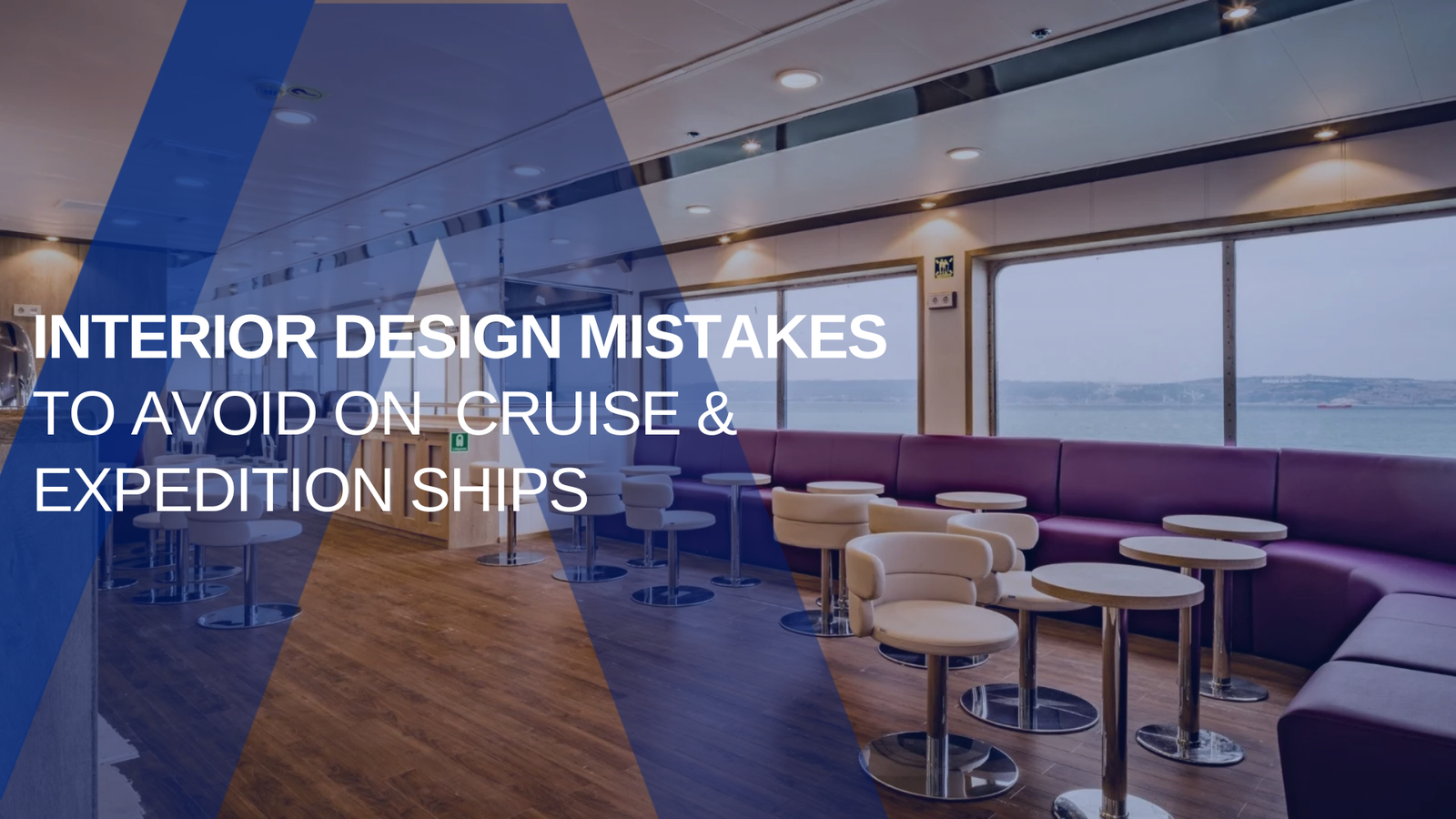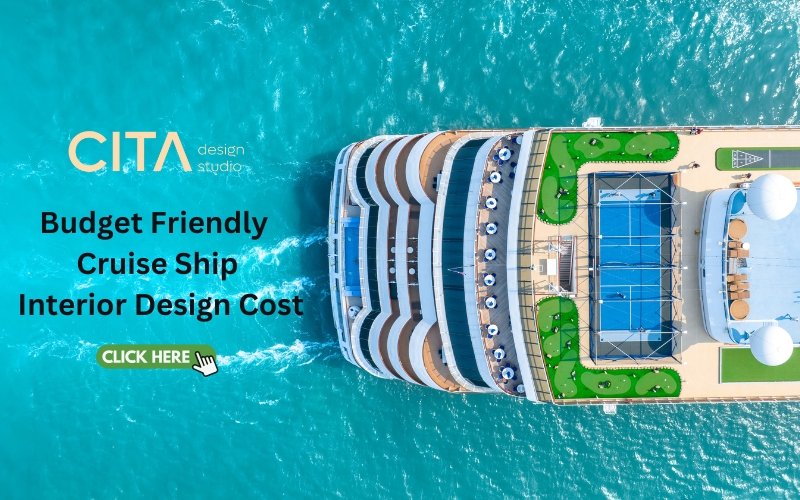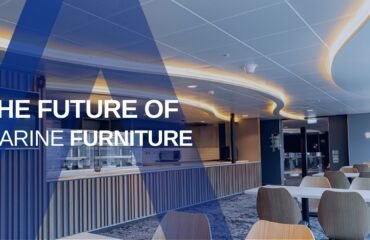Interior Design Mistakes to Avoid on Cruise & Expedition Ships
When you think of cruise ship interior design, you shouldn’t just focus on an aesthetically pleasing ship. Functionality—not just elegance—is crucial for improving passenger comfort. Therefore, interior design that streamlines operational processes and reflects the ship’s brand identity is key to standing out in this industry. However, simple design mistakes made during project development can prolong the design process and increase costs. All of these issues reduce customer satisfaction and harm brand identity.
Today, CITA Design shares the most common mistakes to avoid in cruise and expedition ship interior design projects.
> Click to learn more infıormation about hospitality driven marine interior design.
Choosing Aesthetics Over Functionality
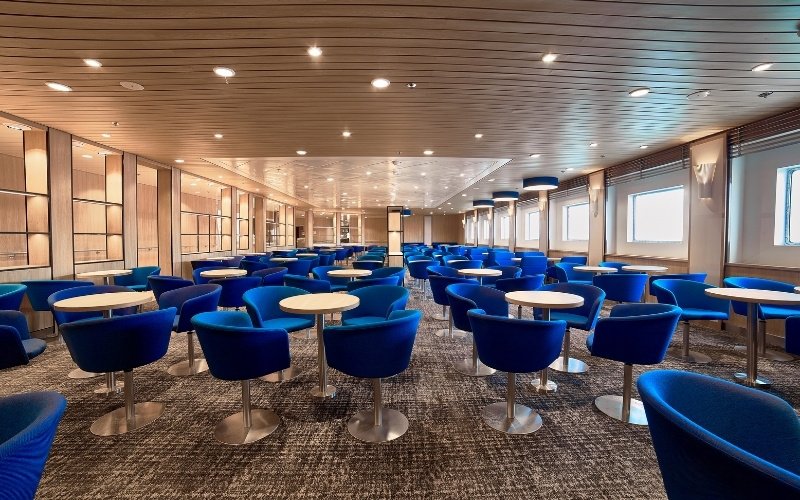
Creating a visually appealing ship interior is essential. However, a lack of functional living space can overshadow aesthetic values. Narrow passageways, insufficient storage, and non-ergonomic furniture negatively impact the customer experience on cruise ships and weaken brand identity.
Our company, which offers professional Cruise & Yacht Interior Design solutions, manages these processes with expertise and adds long-term value to your brand identity.
Inadequate Space Planning
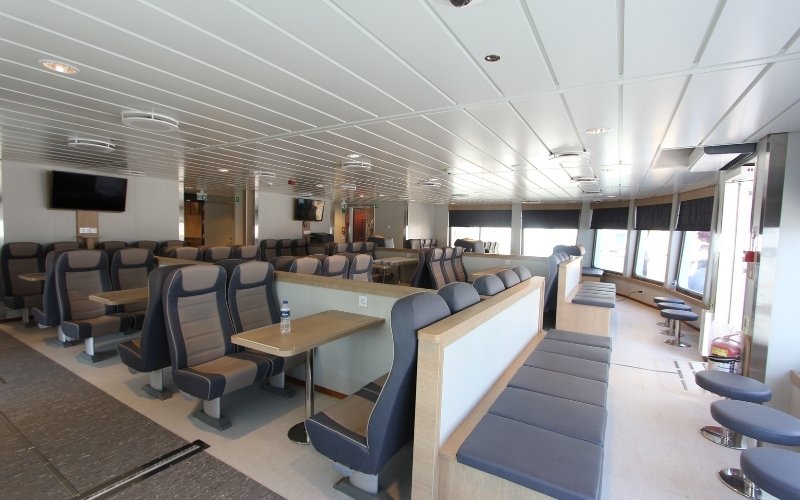
Cruise and expedition ships are floating structures with limited space. Therefore, space optimization is critical in these environments. Poorly planned layouts hinder passenger circulation, reduce service efficiency, and degrade the overall onboard experience and brand image.
Ignoring Brand Identity
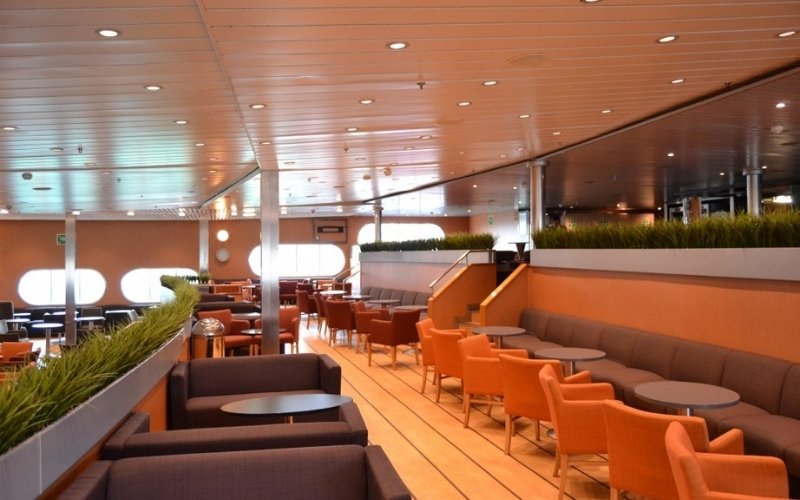
Each ship brand has a unique identity and appeals to a specific audience. Cruise ship design should reflect this identity, promise, and story. Neglecting branding in cruise ship interior design weakens the emotional connection between your brand and your passengers.
Choosing Durable but Difficult-to-Maintain Materials
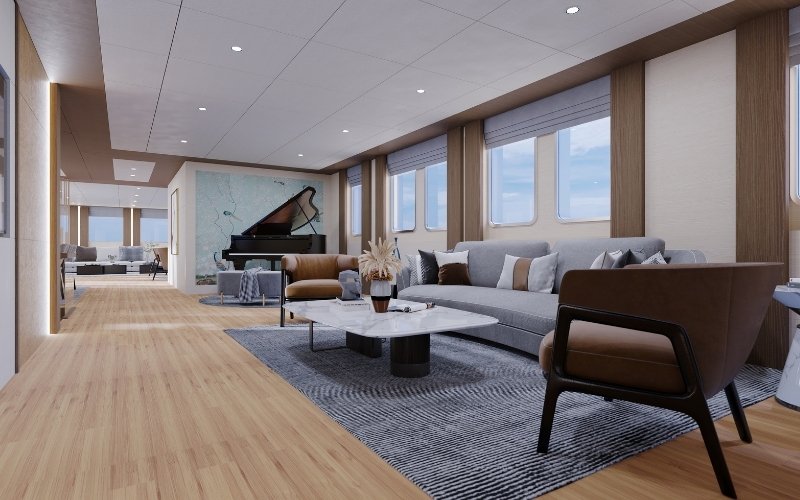
When designing ship interiors, it’s vital to consider the marine environment—constant humidity, saltwater exposure, and harsh weather conditions. Furniture and structural elements must be water-, salt-, and humidity-resistant. Otherwise, interior surfaces may deteriorate quickly, leading to higher maintenance costs and reduced customer satisfaction. Marine-grade materials are essential for long-term durability.
Poorly Defined Concept Design
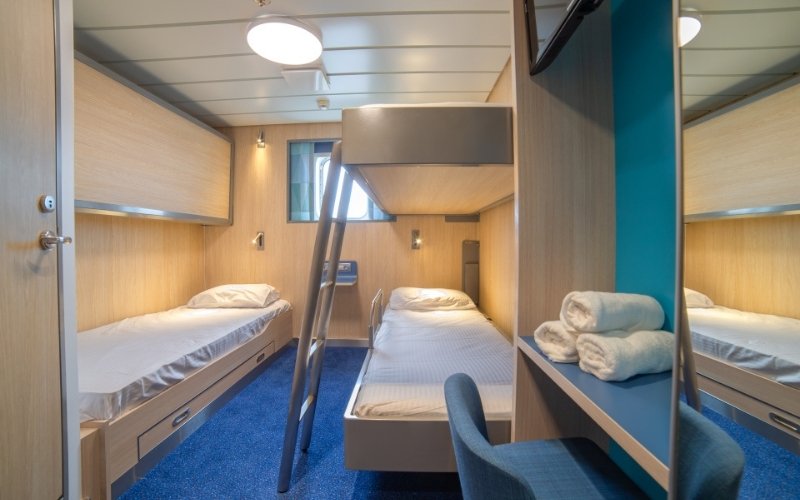
Every cruise ship must begin with a clear and compelling design concept. A vague or weak concept can stall projects and result in chaotic, aesthetically disjointed interiors.
To understand how to structure powerful design stories, visit our Concept Design for Cruise Ship Interiors page.
Neglecting the Passenger Experience
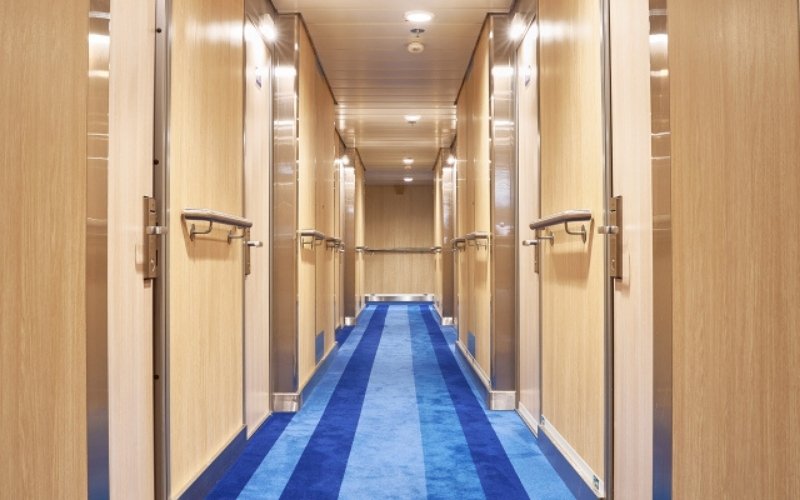
Cruise passengers expect hotel-level comfort and ambiance. Every onboard space—restaurants, spas, lounges, fitness areas—must be designed with lighting, acoustics, and mood in mind. Overlooking these details can severely diminish the overall passenger experience and customer loyalty.
Furniture Lacking Modularity and Reversibility
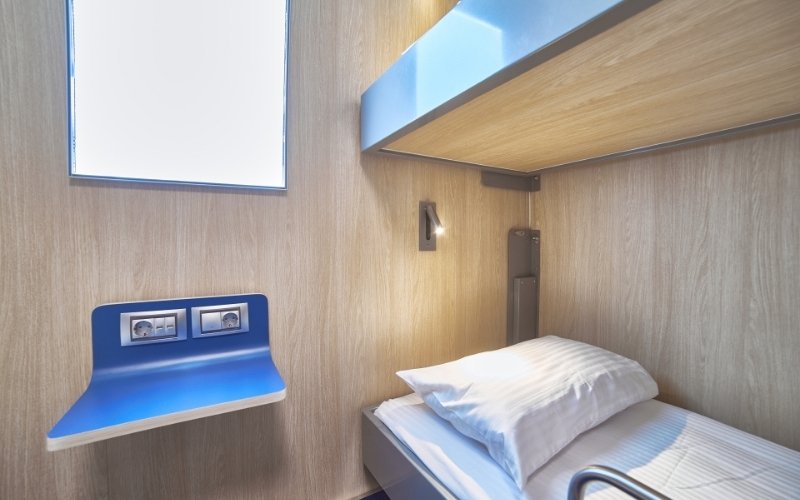
Cruise ships must accommodate a wide variety of passengers and trip types. Therefore, furniture must be modular, easy to move, and adaptable to multiple configurations. A failure to integrate flexible furniture solutions can limit efficiency and adaptability over time.
The Right Partner is Essential for Perfect Cruise Interior Design
Cruise and expedition ship interior design is a highly complex process. Achieving interiors that are functional, visually appealing, and brand-specific requires the guidance of expert professionals.
CITA Design delivers:
• Concept and production solutions tailored to the ship’s scale.
• Custom interiors aligned with your brand’s identity.
• Long-lasting and sustainable spaces using marine-grade materials.
• 25+ years of experience in marine interior design and turnkey implementation.
With CITA Design, you can add long-term value to your cruise interior projects. Enhance your brand presence, and create unforgettable passenger experiences.
Contact us today to start transforming your ship into a floating brand ambassador.

